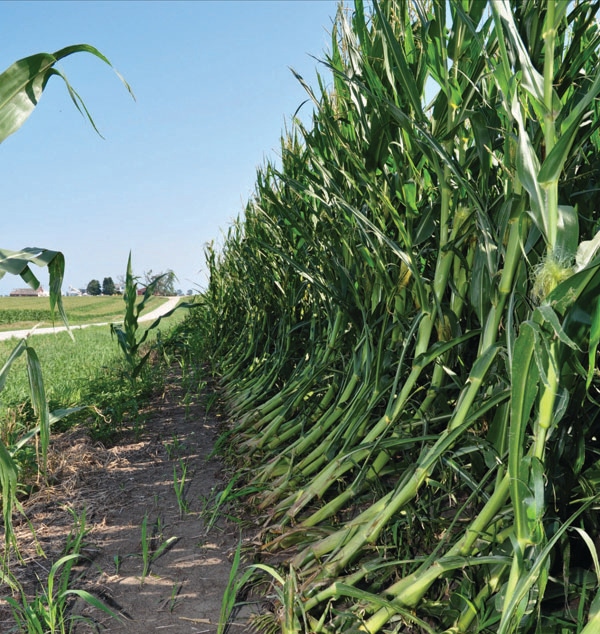February 5, 2013

Disaster decision making starts before disasters strike, says Chris Hurt, Purdue University agricultural economist.
“Insurance does not protect against a bad thing from happening; it protects against putting the family business in jeopardy if a bad thing does happen,” Hurt says. “The tendency is for younger people, who are less able to withstand a loss, to need more insurance coverage. Farmers who are more financially established can try to reduce their insurance costs if the feel they can cover a portion of the loss themselves.”
Low crop yield and price are the top two farmer concerns, Hurt notes. As a result, revenue protection is the main protection that farmers want from government.
“Crop revenue protection programs are much more popular than ordinary crop yield insurance programs, but overall farmers like to have alternative choices,” Hurt says. “The record-high cost of putting the seed in the ground is the main reason crop revenue insurance is attractive. Without crop revenue protection, the dollar investment involved in a single crop makes many farm families vulnerable to total financial ruin in one year.”
Liability insurance important
Liability insurance is another profit-protection product that farmers should consider, Hurt advises. “Liability insurance can protect your farm from very large law suits,” he says. “Nowadays, it is really a necessity, especially if you don’t have casualty insurance.”
Hurt advises farmers to review the different farm insurance policy coverage options and look for either blanket coverage or breaks in premiums at certain levels that make them more affordable. “Compare the coverage you can receive and their costs with different insurance companies,” he says. “Also, check with farmers who have suffered loss and find out how their insurance company performed for them after a disaster.”
Crop insurance remains the foundation of risk management for most farmers, Hurt says. Farmers can still supplement with additional weather protection coverage with private companies where it makes sense, he adds.
Weather-related insurance
“After last year’s widespread drought, 2013 will be a big year for all weather-related insurance programs and other management programs that could help to reduce the impact of bad weather,” Hurt says. “I’d encourage farmers to look into new risk management opportunities and see if they make sense for your farm. Weather insurance might be worth looking into, particularly on high risk areas like flood-prone fields or soils that are highly prone to yield loss.”
However, weather, hail or rain insurance policies are offered by private insurance companies with private policies, Hurt points out. “You need to know their financial integrity,” he says. �“Does the company have the financial ability to cover the costs from a big disaster and still stay in business?”
Hurt adds another note of caution: “This type of insurance is not subsidized or administered by the government,” he says. “You’ll pay the full premium, plus the cost for the company to administer it.”
About the Author(s)
You May Also Like




